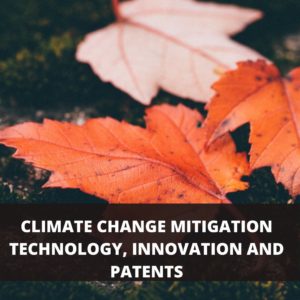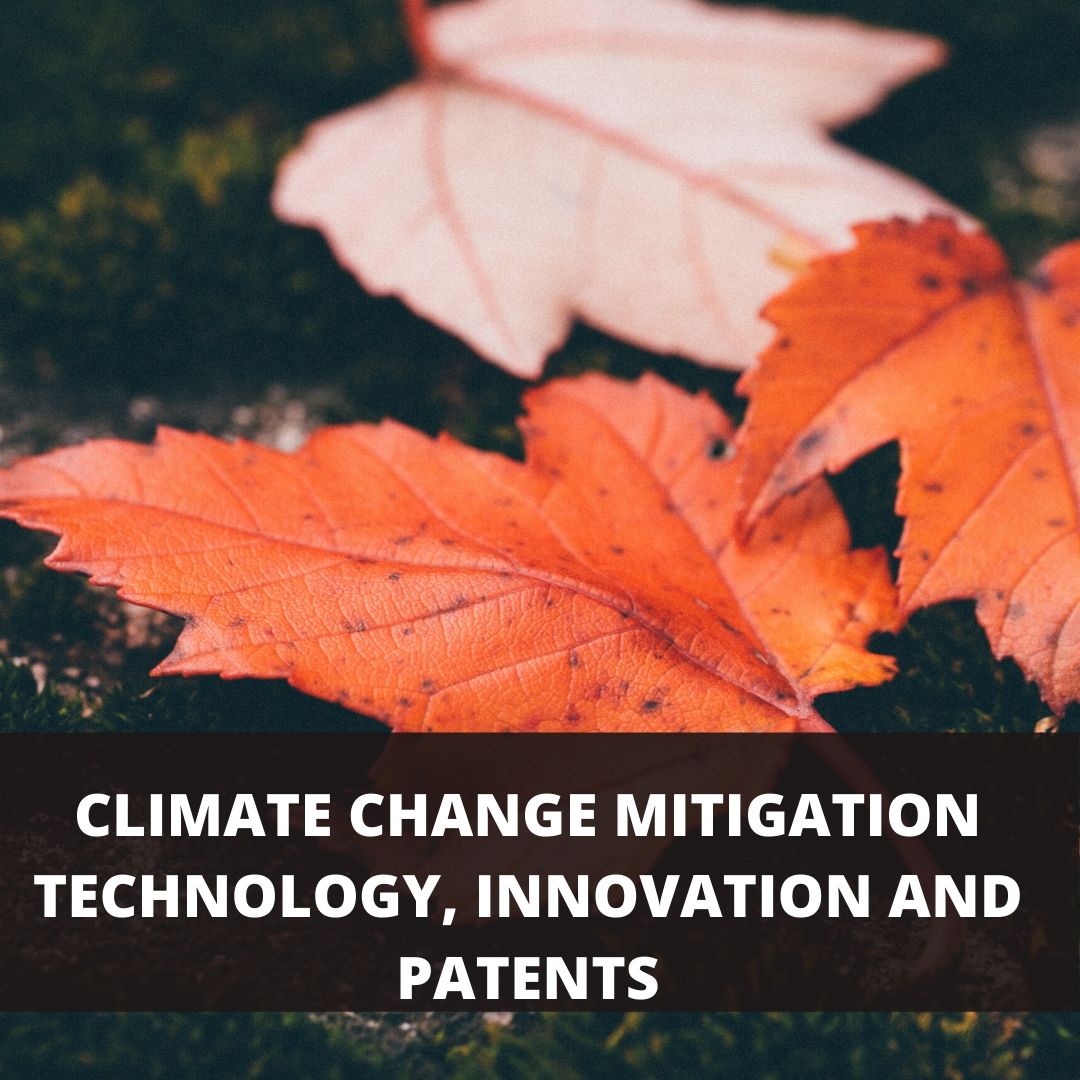Global climate change may be defined as the average long-term changes over the entire Earth which include warming temperature and changes in precipitation as well as the effects of Earth’s warming such as changing levels of the sea, mountain glaciers and melting of ice at a faster rate than usual in Greenland, Antarctica and the Arctic and changes in flower and plant blooming times.
Inventions in climate change mitigation technologies are growing strongly and Europe is a leading region for low-carbon inventions. Today’s climate change is a change that affects all aspects of socio-economic development in every region of the world. It is necessary to have new technology to deal with the global challenge of climate change.

There is a high rise in green tech innovations. The number of inventions in climate mitigation technologies (CCMTs) worldwide has risen steadily. The implementation of climate change policies helped in stimulating innovation in CCMTs. There is a significant contribution of Europe to global inventive efforts across all CCMT areas. Europe has seen a rise in invention of CCMT done in the sectors of clean energy and transport followed by buildings. Inventions in CCMTs have seen a five-fold increase worldwide between the years 1995 and 2011, which is growing much faster than inventions in other technologies. The result is that the CCMT share of worldwide inventions has increased from 2% to over 6%. A report suggests that Europe is a leading region for innovation in the area with 18% of all CCMT inventions and 40% of those patented in more than one jurisdiction. At the same time, European carbon emissions per GDP have fallen by 30%.
Statistics and patent trends have been helpful in giving early indications of technological and economic developments. The EPO developed a dedicated “Y02” tagging scheme for patent documents concerning climate change mitigation technologies. This transparency has enabled users whether engineers, companies, scientists, and institutions to better access and utilize the wealth of information that is available in the EPO’s free patent databases.
EPO stands for the European Patent Office which is a part of the European Patent Organization and other being the Administrative Council. EPO mainly acts as the executive body of the organization. European Patent Office is not a legal entity but an organ of the European Patent Organization that has legal personality. EPO also played an important role in completing its dedicated tagging scheme for patent documents concerning with lower-carbon technologies. Since 2009, EPO also worked with the United Nations Environment Programme (UNEP), and they both jointly study at patent filing trends in climate change mitigation technologies (CCMTs), which focus on the role of patents in the development and deployment lower-carbon technologies.
According to EPO President Benoit Battistelli, “New technologies are urgently required to tackle the global challenge of climate change.” The report says that in combination with clear legislation and policies to promote climate-change mitigation technologies, the patent system can support research, innovation, and development in this field and boosting trade and investment flows, and the transfer of these new technologies to other regions.
A patent is a legal certificate that gives you the right to protect your invention for up to 20 years in specific territories. Patents can be granted for products, devices, systems, compositions, processes, methods, and uses but cannot be granted for mere ideas like a time machine. Patentable inventions are new and not obvious and solve a technical problem. With patents, you can exclude others from making, using, selling, or importing your invention. You can use patents to add value to your business, enhance brand image, and negotiate to finance. Patents can be licensed or sold. Patent data provides a lot of information that can facilitate an informed debate about issues concerning global, which involves climate change.

